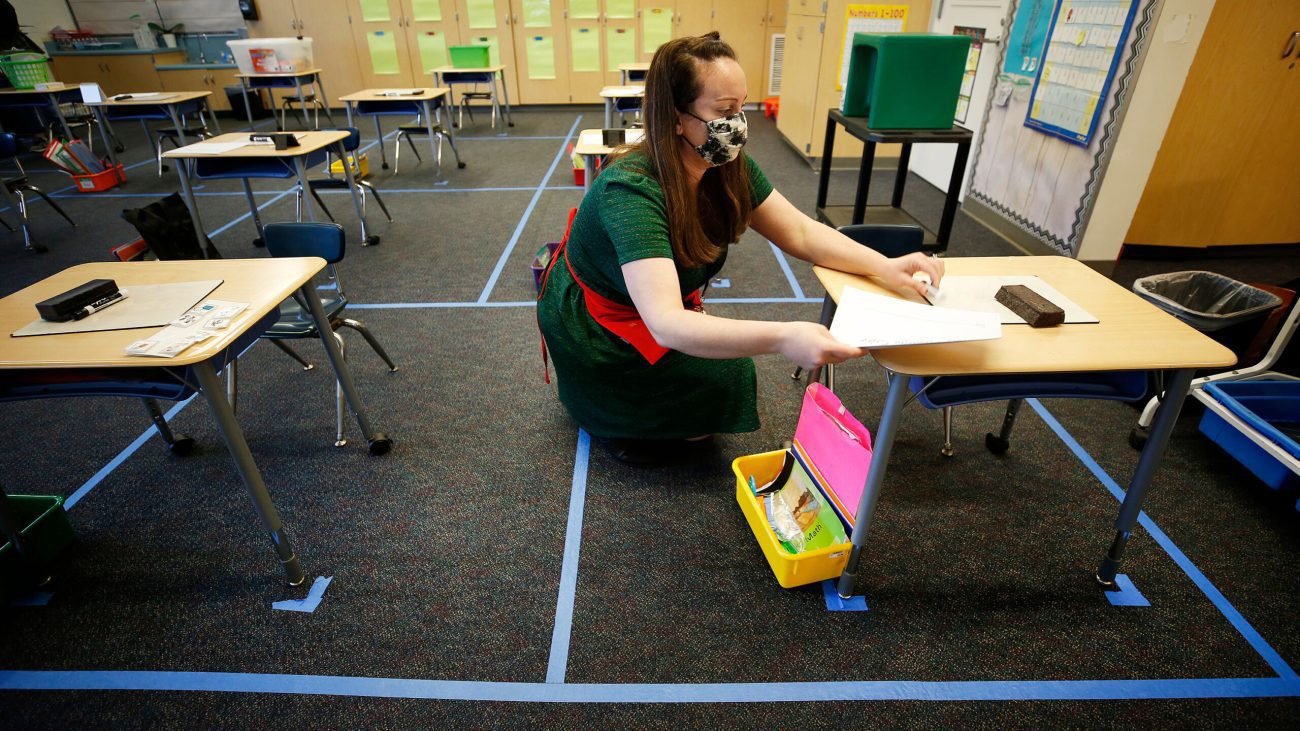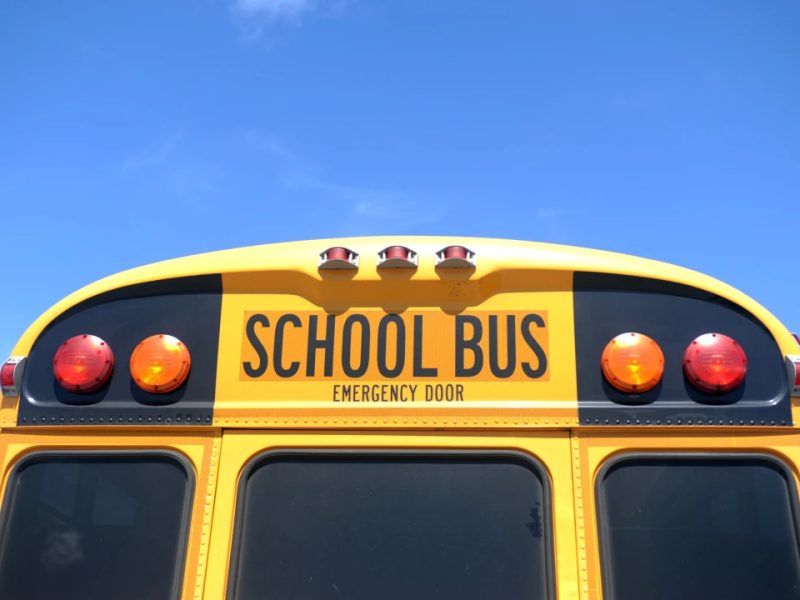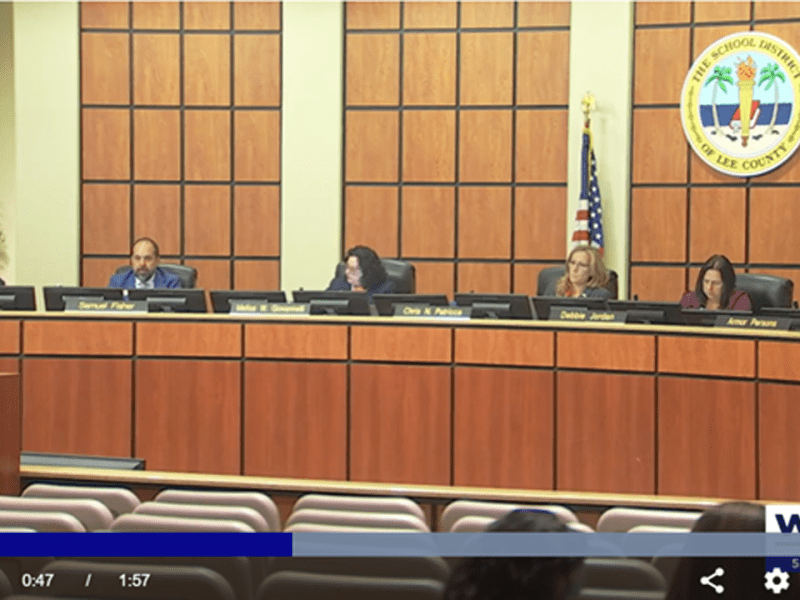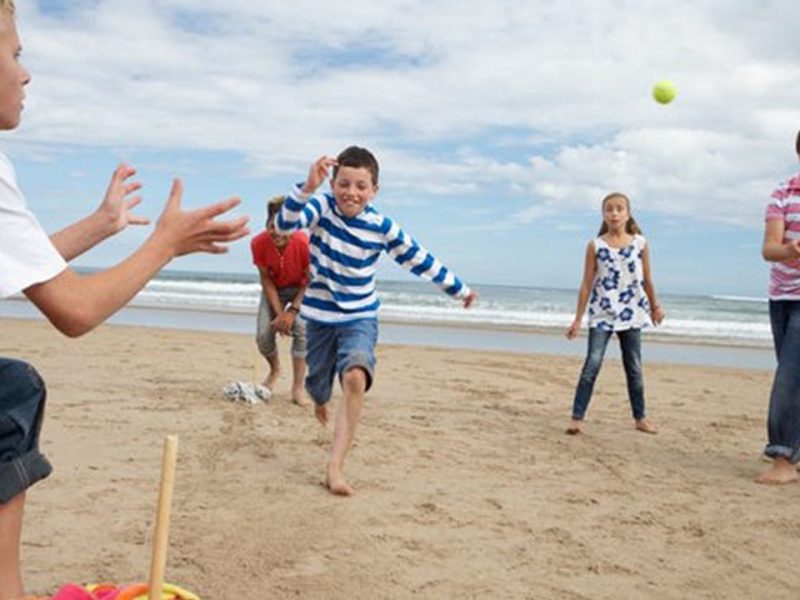
CDC expected to release new guidelines for reopening schools
CNN | by By Lauren Mascarenhas | February 11, 2021
The US Centers for Disease Control and Prevention this week is set to release highly anticipated new guidance for getting children physically back to school during the coronavirus pandemic.
The Biden administration is pushing to reopen schools, an issue some view as being tied to the reopening of the economy and a return to normal life in America.
An administration official told CNN the CDC’s five key strategies to reopening schools include hand washing, masking, social distancing, cleaning and ventilation, as well as contact tracing, isolation and quarantine.
The guidance will not suggest requiring staffers to be vaccinated, instead describing vaccination as another strategy to “layer,” since many schools were able to safely reopen before vaccines were available, the official noted.
The guidelines will also note that screening — testing people to catch asymptomatic cases or people who are infected but have not yet become ill — can improve detection of cases.
But some teachers and unions are pushing back against plans to reopen, many with demands for vaccination and more supplies.
The National Education Association (NEA) surveyed 3,305 of its members and said Tuesday that 82% have yet to receive a COVID-19 vaccine. As of Monday, at least 26 states and Washington DC said they would allow some or all teachers and school staff to get a COVID-19 vaccine.
Some have also raised concerns about equity, noting that current access to the funding and supplies needed to meet safe reopening standards is often skewed towards wealthier jurisdictions.
“Most schools, especially those attended by Black, brown, indigenous, and poor White students have severely outdated ventilation systems and no testing or tracing programs to speak of,” NEA President Becky Pringle said.
Pringle noted that messaging from the CDC and other leaders carries weight and hopes the new guidance will be backed by funding from federal and local entities
“We need to ensure that we have the additional funds to help our more marginalized students and schools, because we’re digging out of a hole here,” said Pringle. “Here we are with outdated ventilation systems — sick buildings — that we want to send kids back into with the coronavirus still raging.”
President Joe Biden’s COVID-19 relief proposal would include $170 billion for K-12 schools, colleges and universities that could be directed toward mitigation measures.
What does the science say?
Experts say that with the right precautions, a return to in-person learning can be safe — even before all teachers and staff are vaccinated.
“School should be the last places closed and the first places open,” CDC Director Dr. Rochelle Walensky said during a White House briefing last week. “Our goal is to make sure in getting children back to school that we do so both with the safety of the children and the safety of the teachers.”
Walensky previously said that vaccinating teachers “is not a prerequisite for safe reopening of schools.”
Some schools have managed to implement full or part-time in-person learning, without the kind of COVID-19 spread seen in crowded offices or long-term care facilities. Transmission has occurred, but CDC researchers say there is little evidence that it has contributed meaningfully to increased community spread.
In one CDC study, mitigation measures, including social distancing, contact tracing and wearing masks — provided to students through a grant from a private foundation — helped 17 rural schools in Wisconsin achieve transmission rates that were 37% lower than those of the community at large. Of 191 COVID-19 cases, just 3.7% were contracted in school.
Those mitigation measures can make a big difference. Another CDC study detailed how two Florida high school wrestling matches — a high-contact sport that does not allow for masking or social distancing — became superspreader events that led to the loss of an estimated 1,700 in-person school days.
Previous CDC advice to schools
After Covid-19 began to take hold throughout the US, the CDC offered some considerations for closing schools in March last year, noting that suspending in-person learning for eight weeks or more would likely have more of an impact on mitigating community spread than shorter closures in response to positive cases. Some schools switched to virtual learning for the remainder of the academic year.
Ahead of the new school year in August, the CDC advised communities to weigh the benefits of in-person learning against the risks of reopening schools in the midst of a pandemic. The agency advised jurisdictions to make decisions about in-person learning based on their level of community spread.
For schools allowing in-person learning, the CDC emphasized the importance of maintaining a clean environment, wearing masks and social distancing. Schools were told they should try to keep students and teachers in distinct groups throughout the day and have lunchtime outside, when possible.
Experts have warned that learning during a pandemic can be hard on students. The agency advised schools to maintain mental health services and offer remote counseling.
In the months since, schools have adopted varying approaches that include in-person learning, online learning and a hybrid of the two.
Staying on top of transmission rates — and perhaps the presence of virus variants — will help people manage anxiety and make informed plans about reopening schools, said Dr. Stuart Ray, a Johns Hopkins University professor of medicine in infectious diseases. Dashboards and other tools to aid in data collection can help jurisdictions stay informed.
Testing will also be a valuable tool, Ray noted. “It does make a big difference to do some testing and not just symptom-based screening, particularly when children are less likely to be symptomatic than adults,” he said.
As for teachers and school staff, Ray said there’s no doubt that there is some level of risk involved with a return to in-person learning before everyone has been vaccinated, but tools like personal protective equipment can help make everyone safer.
“We need some guidance about how to factor in effective PPE, so that people who are not vaccinated can still be safe — as we demonstrated health care workers could be in 2020, before a vaccine was available,” he said.
One of the most effective ways people can help make teachers, staff and students safer inside schools is by helping to control the spread of the virus outside of schools, Ray said.
“If people are really careful about masking and distancing outside of schools, then the schools become safer,” he said.
CNN’s Ben Tinker, Jen Christensen, Jacqueline Howard and Meridith Edwards contributed to this report.
Photo: The CDC is set to release highly anticipated new guidance for getting children physically back to school during the coronavirus pandemic. Al Seib/Los Angeles Times via Getty Images





